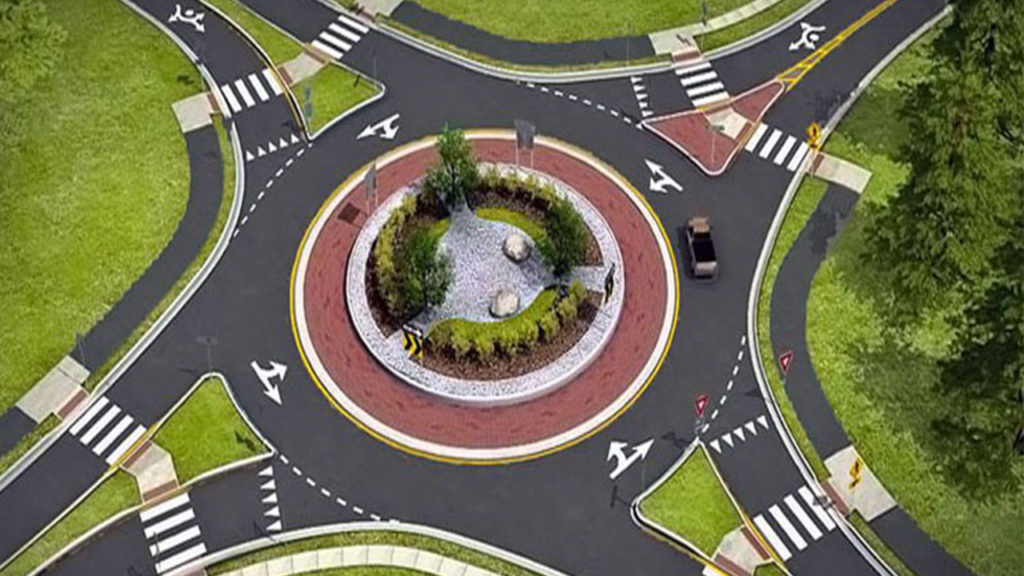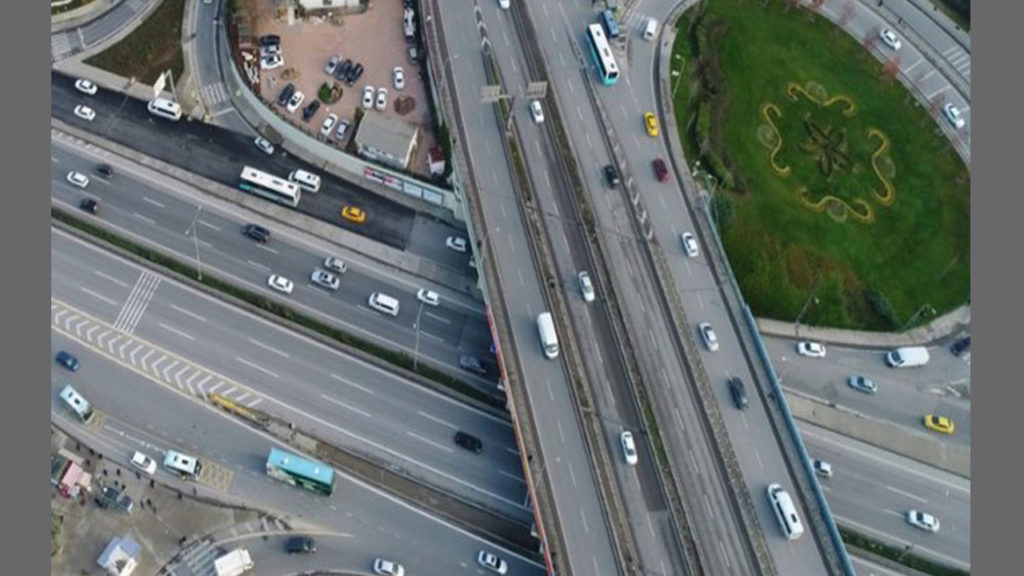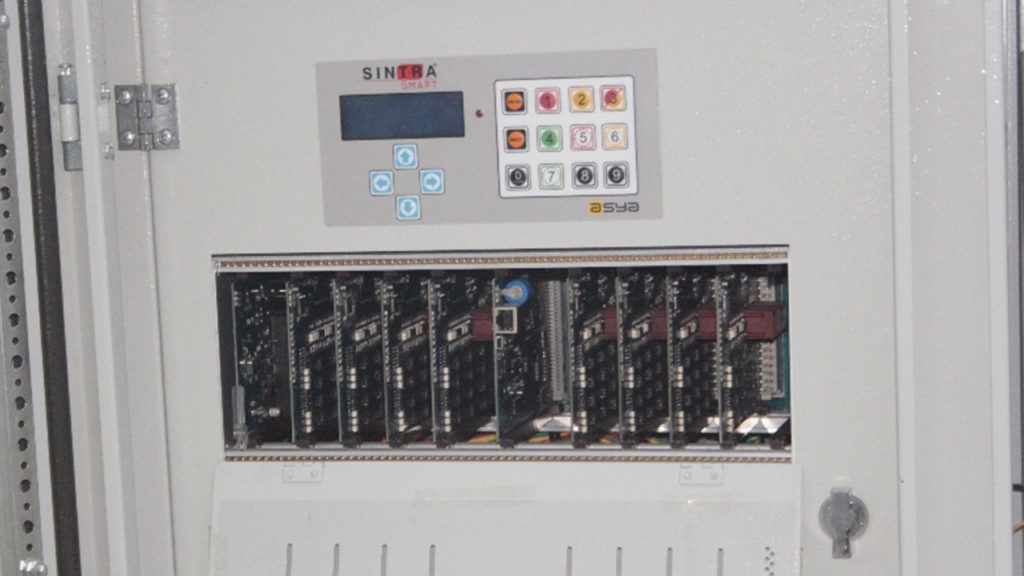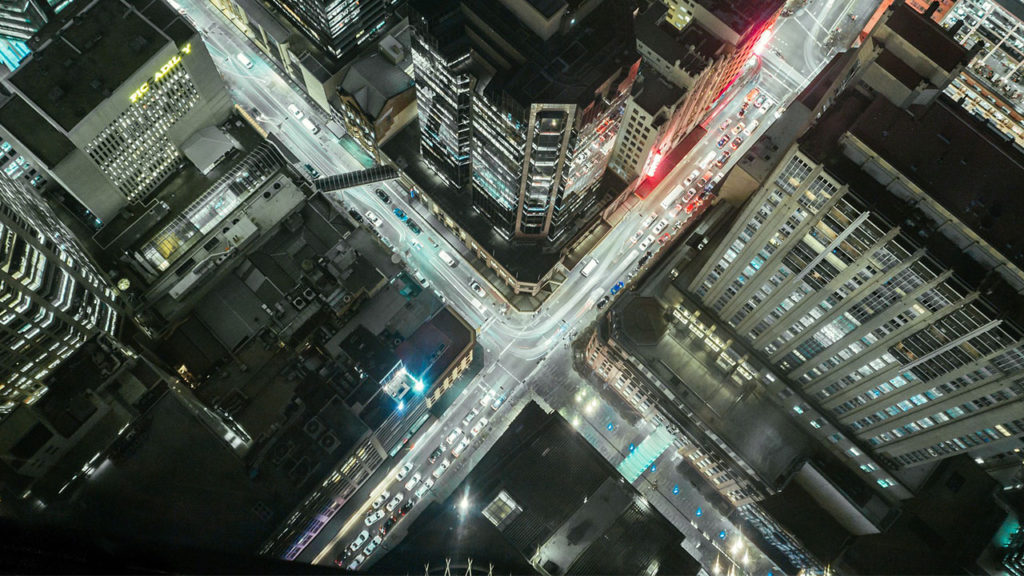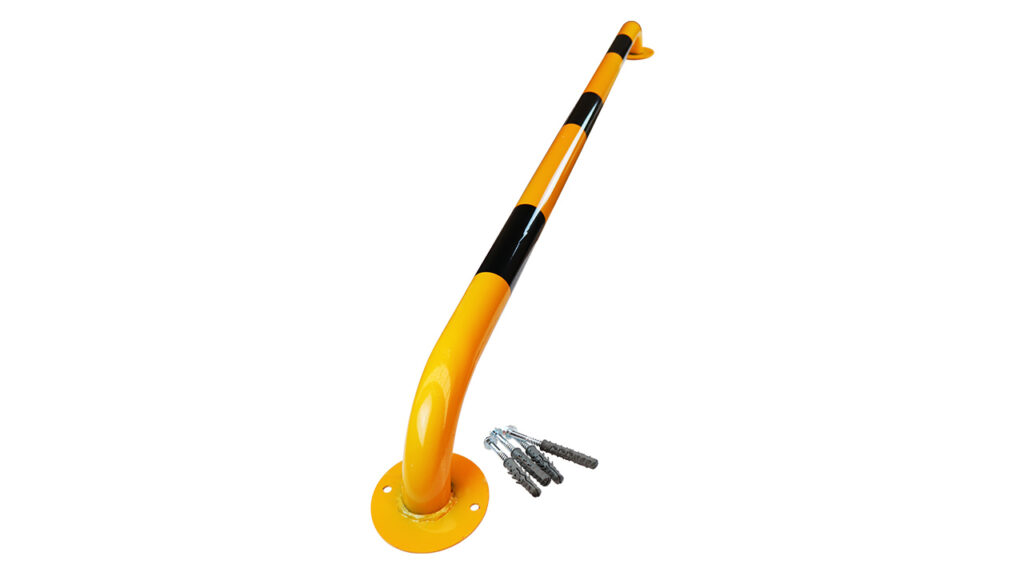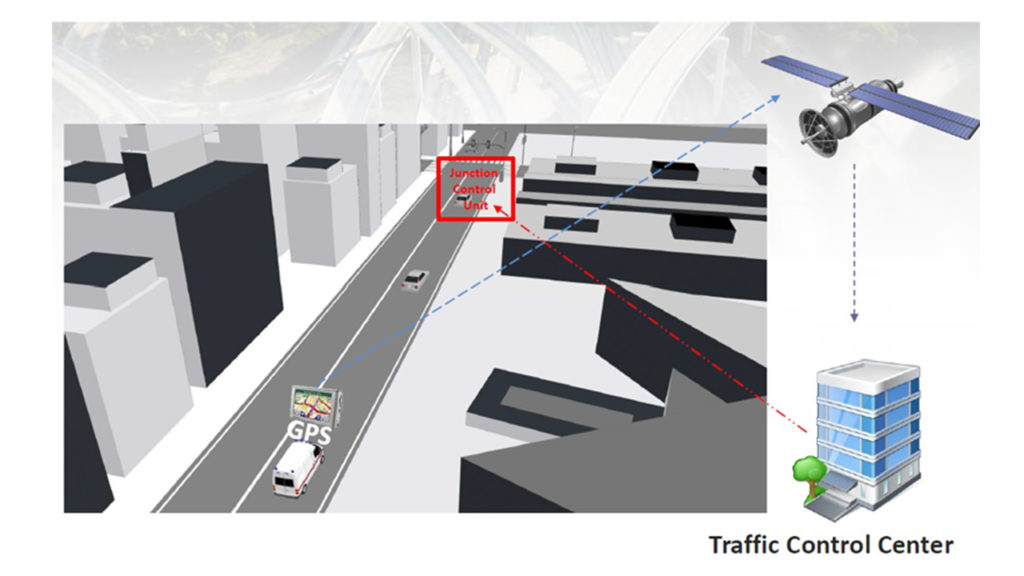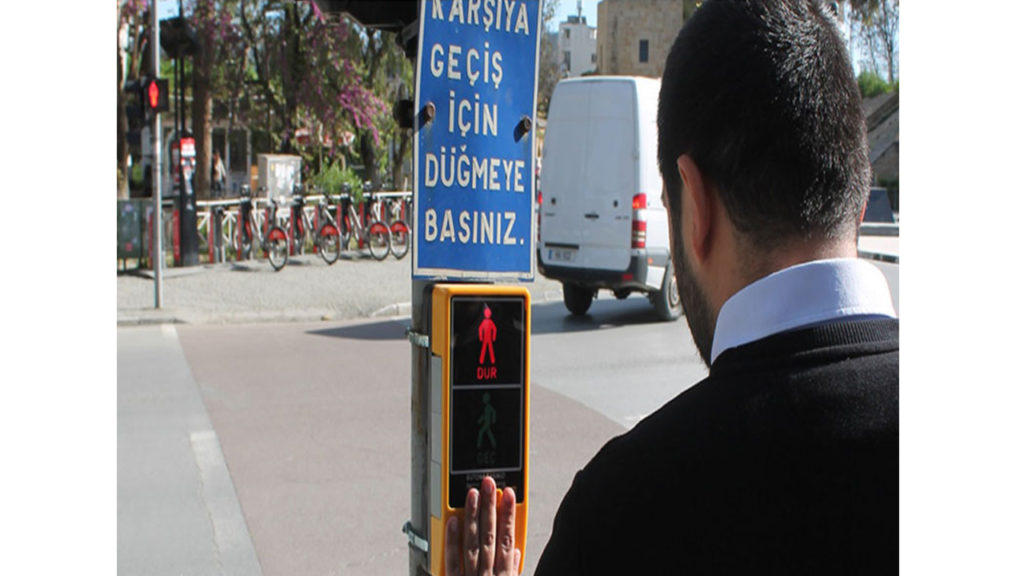
What is Signalization Control Systems? What Are the Types? (Chapter 2)
1.Traffic Actuated Signalization Control Systems
Traffic actuated signalization systems are developed to respond variable traffic demands. Traffic actuated or dynamic traffic management systems are needed for the following reasons:
Dynamic structure of traffic flows,
Insufficient number of programs,
High dwell times of vehicles at secondary roads,
High waiting times of pedestrians.
The most important reason to use traffic actuated system is to respond especially variability of traffic flow or its dynamic structure. The response to this variability is limited with fixed-time signalization systems and it is not effective enough. It is hard to produce a solution with a fixed-time system in case of a change in traffic demand. In the traffic actuated signalization system, the order and duration of the right of way of the vehicles are arranged according to the traffic demands and densities determined by the sensors. This system is applied in two ways:
Semi-traffic actuated systems
Full traffic actuated systems
1.1.Semi-traffic Actuated System
In this type of signalization control system, sensors are placed on so that demand is accepted from some of approaching arms of intersection (mostly secondary roads). There will be no change in signal light unless there is a demand on secondary roads. Main road has always right of way. In case of a demand from secondary road, traffic flow in main road will be stopped and the right of way will be given to the secondary road. The green period can be extended according to the instant vehicle demands in traffic flow that has right of way.
This system is applied if at least one of the following situations occurs:
a) If main road traffic load and secondary road traffic ratio is 1/8 or smaller; secondary road traffic is higher at times only when high traffic density occurred.
b) If there is a 30 km/s or more difference between 85th percentile speed of main road traffic and secondary road traffic approach.
1.2.Full Traffic Actuated System
In full actuated signalization control system, there are sensors for vehicles and pedestrians at all approaching arms of the intersection. Right of way and periods are organized automatically according to the traffic density at approaching arms. Full traffic actuated systems minimize the total delays. Full traffic actuated systems are also provided right of way according to almost actual values of the traffic density.
The most commonly used system among traffic actuated systems is time extension systems. In these systems, the minimum green time for each approach arm is calculated according to the phase order of the intersection. After that, the green period is extended according to the data from the sensors in the approach arms according to the existing phase status. The phase will end when the pre-determined maximum green period is reached or an increase in vehicle arrival intervals is observed and proceed to the next phase according to the data from sensors.
Full traffic actuated system is applied if at least one of the following situations occurs:
a) Having heavy traffic in one of the approaching arms; in other words, traffic flows at the intersection are not balanced enough to express average values.
b) Traffic flows at the intersection increase and decrease at short intervals.
Full traffic actuated control systems are generally systems that can respond to variable traffic conditions. These systems will be successful in traffic management when it is applied correctly. However, it is necessary to consider the following issues:
In case of oversaturation, system will be operated as fixed time.
In case of sensor failure, system switches to a pre-planned fixed time system.
In stable traffic conditions, system may lose its advantage.
The important point regarding cost/benefit is that the installation and maintenance costs of the sensors are high. For this reason, analysed studies are very important during the installation of traffic actuated systems.
Studies on traffic actuated systems have been quite successful, but the search for new systems has continued by researchers. In this context, traffic actuated systems based on optimization have been developed. The most commonly used of these systems are LHOVRA and SOS (Self-Optimizing Control) systems developed by TRL (Transport Research Laboratory) in the UK.


